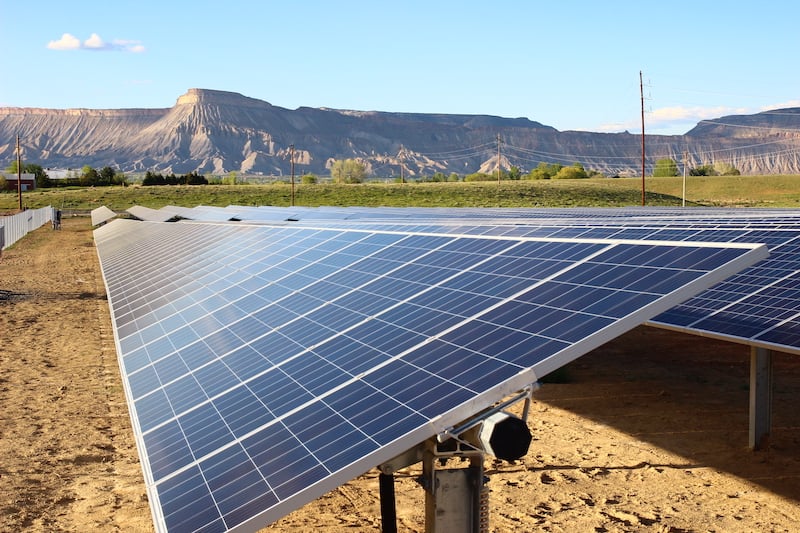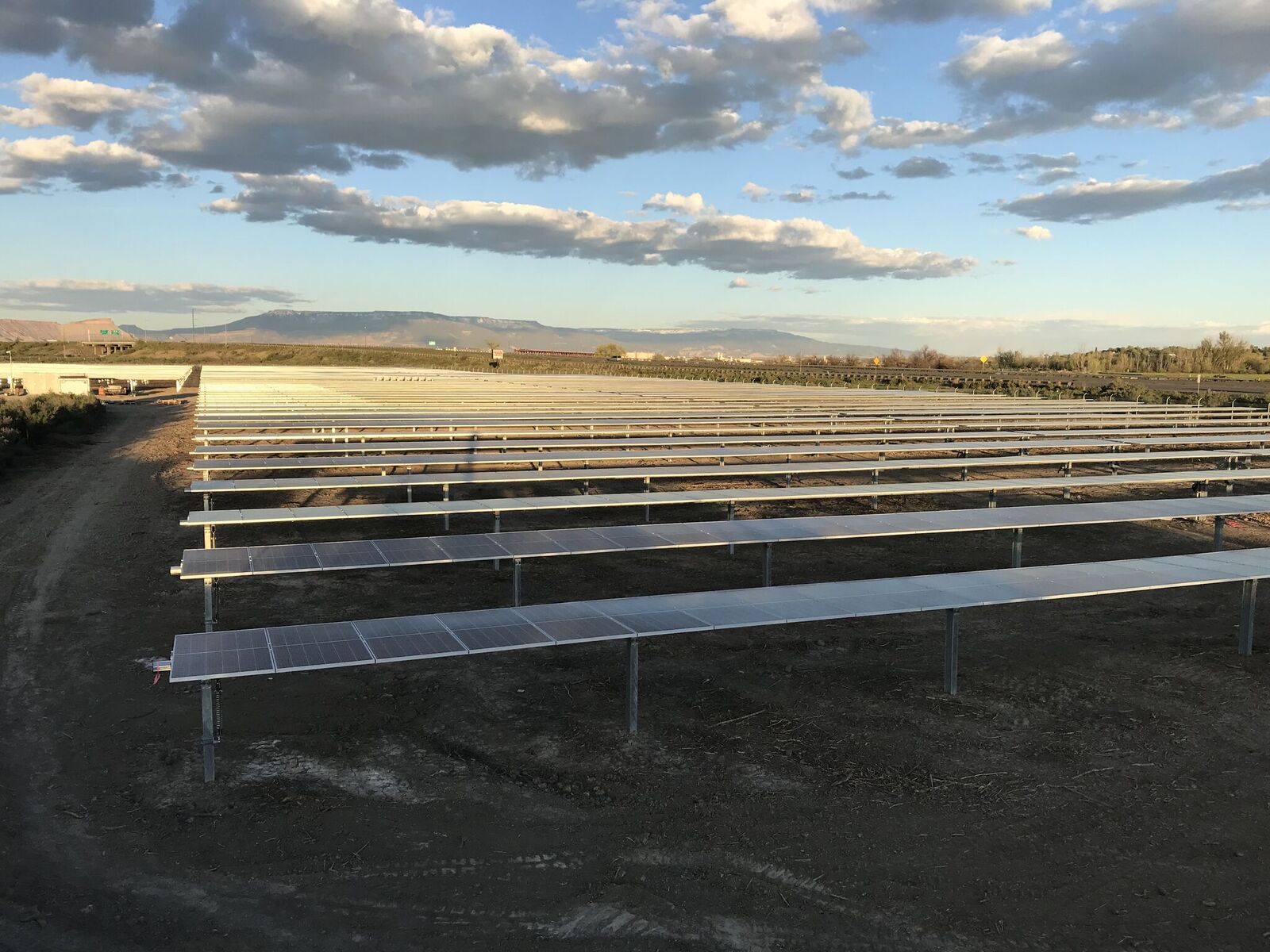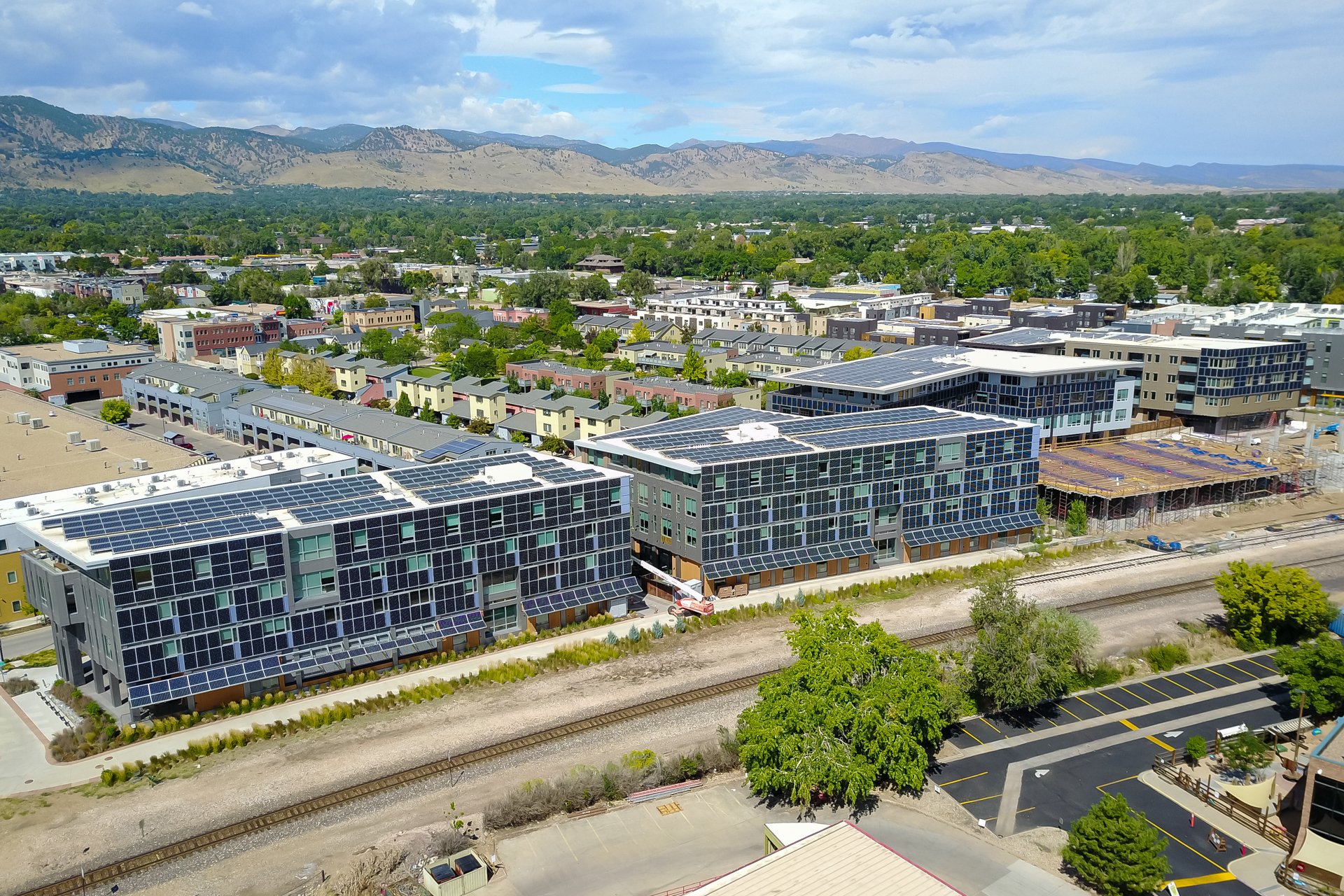Fixing Electric Grids: How Solar Developers Benefit Local Utility Customers
February 2, 2023

This winter has provided more and more evidence that our nation’s power grid is vulnerable to extreme weather events and sudden energy demand increases. Long-term deferred maintenance has resulted in several impactful events for local ratepayers. Unfortunately, redesigning and implementing updates to our existing electric grid is an extremely complicated and expensive endeavor. This has been a long-running game of hot potato, where no one wants to foot the bill for the necessary upgrades that will decrease the chances of future grid failures.
We can’t afford to kick this can down the road any further. Updating the grid to accommodate more clean energy is far from a niche endeavor, in fact, it is a prerequisite to a safe, sustainable future. We need a modern electric grid that’s more robust and reliable, protecting Americans from the rising threats of climate-change-induced extreme weather events. Keep reading to learn more about how many renewable energy developers are stepping up and covering the costs of these critical grid upgrades.
What’s Wrong With The Grid?
The problem: much of the equipment on the electric grid was built decades ago when consumers used less electricity. Today, there are more people and a much higher demand for electricity which puts a significant strain on our outdated grid infrastructure. Furthermore, in its current form, the grid cannot accommodate the rapid influx of new renewable energy resources, such as solar energy. Why?
Centralized grids were designed for a world in which electricity flowed in only one direction — from the power plant to the consumer. However, renewable energy technologies are now popping up everywhere that the sun is shining and the wind is blowing; collectively, they are often referred to as distributed energy resources (DERs). These resources aren’t physically constrained in the same way as a traditional generating facility.
Compared to centralized energy systems, the energy that’s produced from DERs can fluctuate. On sunny days, solar panels are capable of producing a lot more electricity than is being used in the areas where they are installed. This discrepancy between supply and demand can stress antiquated equipment, making it difficult to regulate and direct the flow of electricity within a neighborhood. However, this can all be avoided by installing newer equipment that has greater functionality (Thanks, solar developers!).
Solar Developers to the Rescue
Along with the increased adoption of solar, the need for a smarter, more efficient electric grid has become apparent. Luckily, many solar companies are already paying for grid upgrades. This is incredible news for both utility providers and their customers. Thanks to these solar developers, the electric grid will be able to manage the influx of solar energy, and everyone will be able to rely on a smarter, more efficient grid (without paying for it).
To be a bit more specific: when a community solar or commercial solar project is permitted, the solar developer will often pay to have the local electric lines and substation upgraded to accommodate the facility, installing smart inverters and other grid-management devices.
Without the help of developers such as Pivot Energy, utility companies would need to raise the electric bills of their customers for many years in order to afford to modernize the electric grid. The world is at a serious inflection point. We desperately need more renewable energy, electric vehicles, energy storage, and other tools needed to combat climate change and manage increased energy demands. These innovations can’t be installed without an electric grid capable of handling the new demands brought about by the increase in DERs.
It's Time to Support Developers
Solar developers often end up impacting many more people than just their direct customers. By covering the cost of grid upgrades, these developers will benefit non-solar customers, utilities, and entire communities. Renewable energy developers all across the country are currently campaigning for local support for new projects that will be critical to the clean energy transition. It’s time to spread the word, and let everyone know that solar companies are on the side of the ratepayer, benefitting your town financially, lowering your chances of future rolling blackouts, and possibly even providing your neighborhood with the tools for achieving energy resiliency.
We all must work together to combat climate change. Homes and businesses need to do their part by increasingly supplying energy to the grid from rooftop solar panels and community solar subscriptions. That will only be possible if we invest in updating aging infrastructure which is currently preventing homeowners, local governments, and businesses from installing solar arrays, batteries, electric cars, heat pumps, and other devices that can help reduce greenhouse gas emissions.
Learn More About Pivot’s Support of Local Communities
Our track record speaks for itself. Pivot always goes above and beyond by listening to the specific needs of local communities. Pivot is known for making financial contributions to educational efforts, always seeking to do the most to benefit the future well-being of our industry and the planet. Reach out to learn more about how Pivot Energy is helping build a brighter future.


